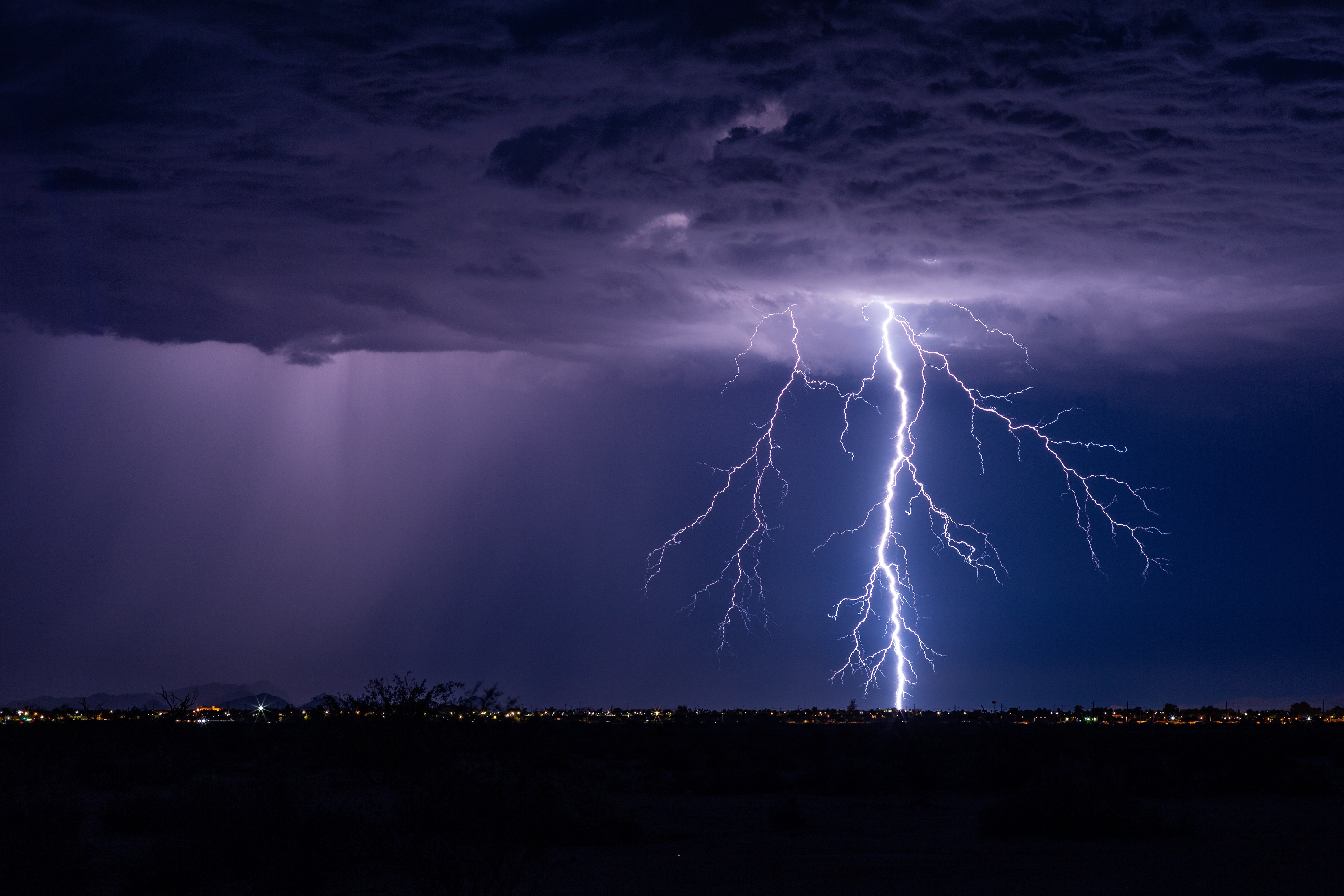Under the right conditions, watching a lightning storm can be entertaining. However, exposure to lightning can be devastating, causing damage to both humans and property. Here are some interesting facts regarding this weather phenomenon.
- Lightning can occur anywhere in the world, but the highest occurrences are in the southeastern states, with Florida dubbed as the “lightning capital” of the United States.
- Lightning can occur during any time of the year, but lightning casualties are highest during summer months. July is generally the month with the most lightning strikes.
- Lightning strikes often occur in the afternoon. In fact, two-thirds of all lightning casualties occur between noon and 6 pm.
- Strikes occur both inside and outside properties; about one-third of lightning strikes occur indoors.
- Lightning most often strikes people who work outside or engage in outdoor recreational activities. More than a third of lightning strike deaths occur on farms. Other common places are industrial locations and private residences.
- Statistics say lightning kills as many as 2,000 people a year around the world. Lightning also strikes hundreds of people who survive but many of them suffer debilitating health problems.
It is important to take lightning seriously and to take the necessary precautions to avoid serious problems. This applies to when you are both inside and outside during a storm.
If you are outside during a storm, follow these tips.
- Never ignore the sound of thunder because lightning is rarely far behind.
- If you are outside, go inside whenever possible. Seek refuge in a grounded building or a car (preferably a hardtop) when lightning or thunder begins.
- If you cannot find shelter, crouch down. Find a low spot or depression if possible but do not lie down on the ground because lightning can travel over a hundred yards in currents along the ground.
- Stay clear of bodies of water and tall objects, such as trees.
- If you are travelling in a group of people, separate to minimize the target and reduce injuries if lightning strikes the ground.
- During a thunderstorm, don’t let dry conditions fool you. Lightning can strike up to 10 miles away from an area of rainfall.
Even if you are inside, you can still be at risk. Take these precautions.
- Avoid sitting near windows, doors, porches, and standing on concrete.
- Avoid water contact. Do not bathe, shower, wash dishes, or have any other contact with water during a thunderstorm because lightning can travel through a building’s plumbing.
- Don’t touch anything that can conduct electricity and avoid electronics. Lightning can travel through electrical systems, radio, TV reception systems, and any metal wires or bars in concrete walls or flooring. Unplug computers and other devices to avoid damage whenever possible.
- Avoid anything connected to a gas line as well.
- Avoid corded phones (landlines) but it is safe to use cordless or cellular phones during a storm.
If lightning does occur and strikes you or someone else, seek help immediately.
- Assess your situation as quickly as possible. Is the storm safely over? Do you need to remain where you are or take steps to improve your safety odds?
- Assess any victim quickly. Lightning can cause a heart attack. Check to see if the victim is breathing and has a heartbeat. If the victim is not breathing, immediately begin resuscitation if possible and continue until help arrives. It is usually best not to move a victim unless you and the victim are still in danger of a strike. Try to put a protective layer between the victim and the floor. Burns, shock, and trauma are other injuries that can occur.
- Call 911 as soon as possible, using a cellular phone when you can. Give directions and describe the strike victim’s symptoms as accurately as possible. Ask for information on how you can assist the victim before help arrives.
The best solution is to avoid lightning whenever possible. When it’s not avoidable, know the basic steps to take and seek help as soon as possible.












